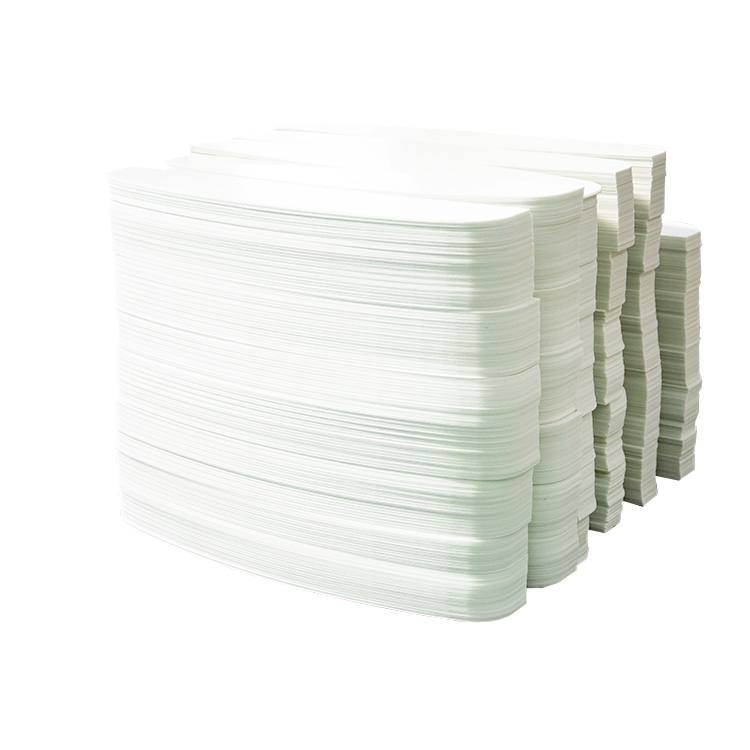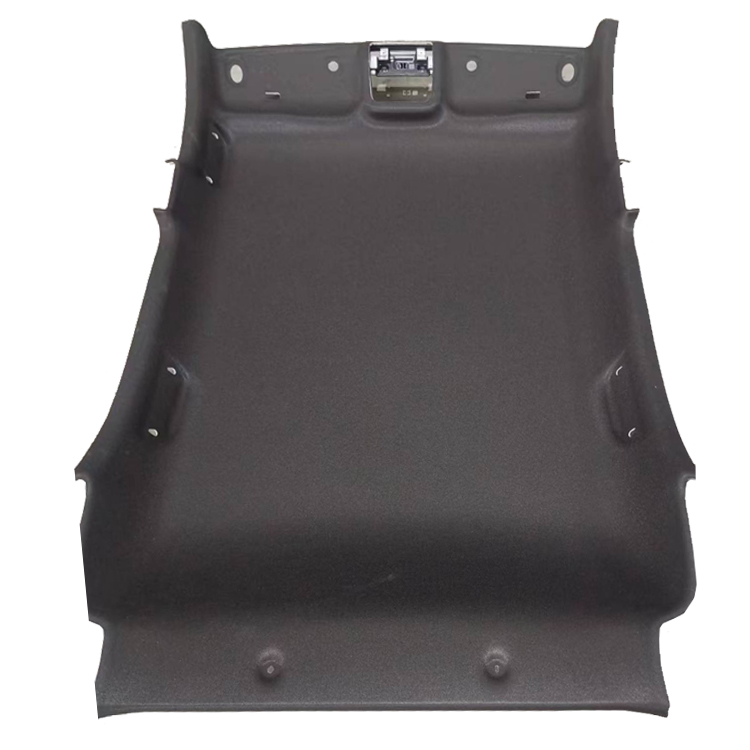About Us
The Practical Application of GMT in Automotive Interiors: A Perfect Fusion of Lightweighting and Functionality
Views : 5
Update time : 2025-07-25 18:55:00
In the automotive industry’s pursuit of lightweight, high-strength, and sustainable development, a new material called Glass Mat Reinforced Thermoplastics (GMT) has emerged, playing an increasingly crucial role in the field of automotive interiors. With its excellent performance and processing advantages, GMT material not only effectively reduces the vehicle’s weight and improves fuel economy but also brings new possibilities for the design and functional realization of automotive interiors.
What is GMT Material?
GMT, or Glass Mat Reinforced Thermoplastics, is a composite material that uses a thermoplastic resin (like polypropylene, PP) as the matrix and a glass fiber mat as the reinforcing skeleton. Through a specific process, these two components are combined to form a sheet-like semi-finished product. This material possesses both the ease of processing of plastics and the high strength of glass fibers, and is regarded as one of the new materials of the century.
Compared to traditional metal materials or other composites, GMT offers several significant advantages:
- Lightweight and Energy-Saving: GMT material has a much lower density than steel, which can significantly reduce the weight of components. For instance, an automotive door inner panel made of GMT material can see its weight drop from 26 kg to 15 kg, thus effectively lowering the vehicle’s overall energy consumption.
- High Strength and High Rigidity: The reinforcement from the glass fibers endows GMT material with excellent strength and stiffness, allowing it to replace traditional steel in structural components.
- Excellent Impact Resistance: GMT material has outstanding energy absorption capabilities, with an impact resistance 2.5 to 3 times higher than traditional SMC (Sheet Molding Compound) materials.It is less prone to dents or cracks upon impact.
- High Design Freedom: GMT material can be molded into complex three-dimensional semi-structural components through compression molding, offering designers greater creative freedom.
- Good Processing Performance and Recyclability: GMT material has a short molding cycle, making it suitable for large-scale production.As a thermoplastic material, it also has the environmental advantage of being recyclable.
Specific Applications of GMT in Automotive Interiors
Based on these advantages, GMT material is increasingly used in a wide range of automotive interior applications, from structural to decorative parts. Here are some typical examples:
- Instrument Panel Skeletons: GMT is an ideal material for manufacturing instrument panel skeletons.Its high strength and rigidity ensure the structural stability of the dashboard, while its lightweight nature helps to lower the vehicle’s center of gravity and improve handling.
- Seat Structures: Traditional car seat frames are mostly made of metal and are quite heavy. Replacing them with GMT material can significantly reduce weight while maintaining safety and crash performance, thereby improving fuel efficiency and driving range.
- Door Inner Panels and Rear Door Panels: GMT material not only reduces the weight of car doors but its excellent molding properties also allow for the integration of multiple parts into a single module, simplifying the production process.
- Load Floors and Spare Tire Wells: The durability, water resistance, and moisture-proof qualities of GMT make it suitable for producing robust load floors and spare tire wells.
- Headliners: GMT material is also used for manufacturing headliners, where its thermal and acoustic insulation properties can enhance driving comfort.
- Other Components: Additionally, GMT material is applied to various other interior parts such as sun visors, luggage racks, and foot pedals.




